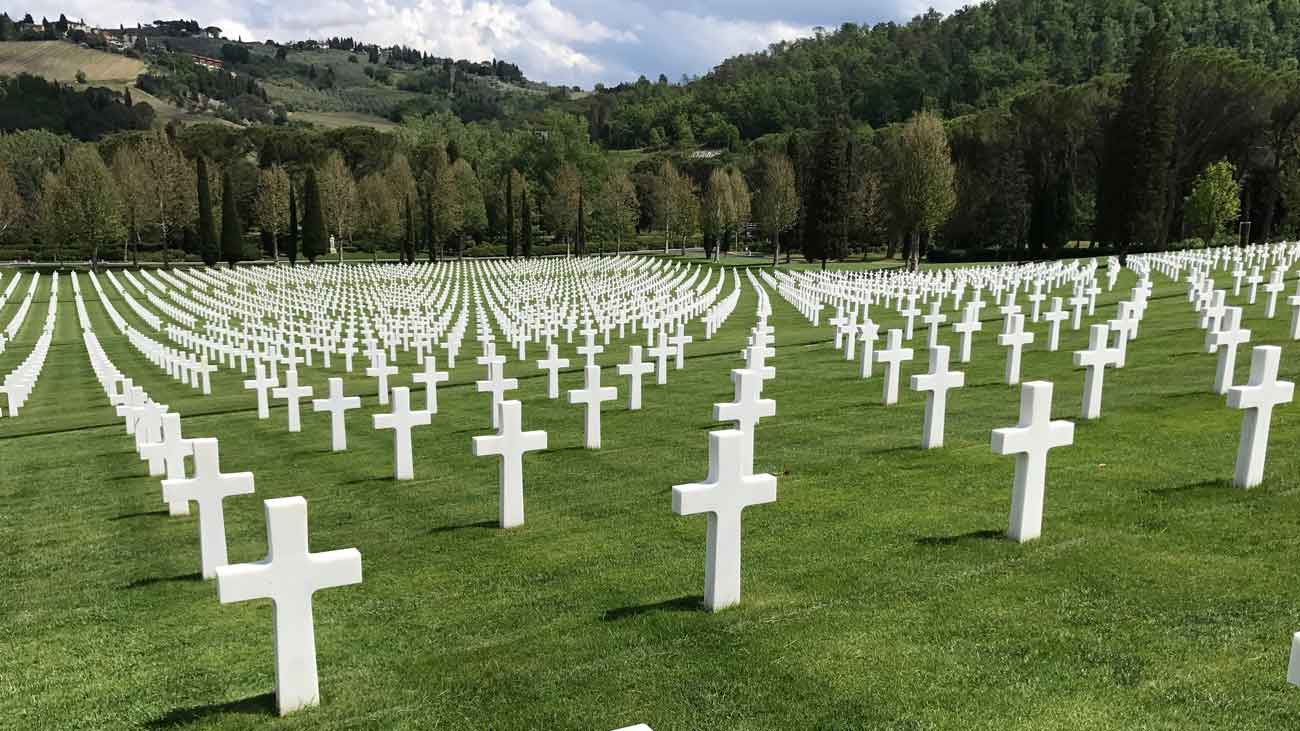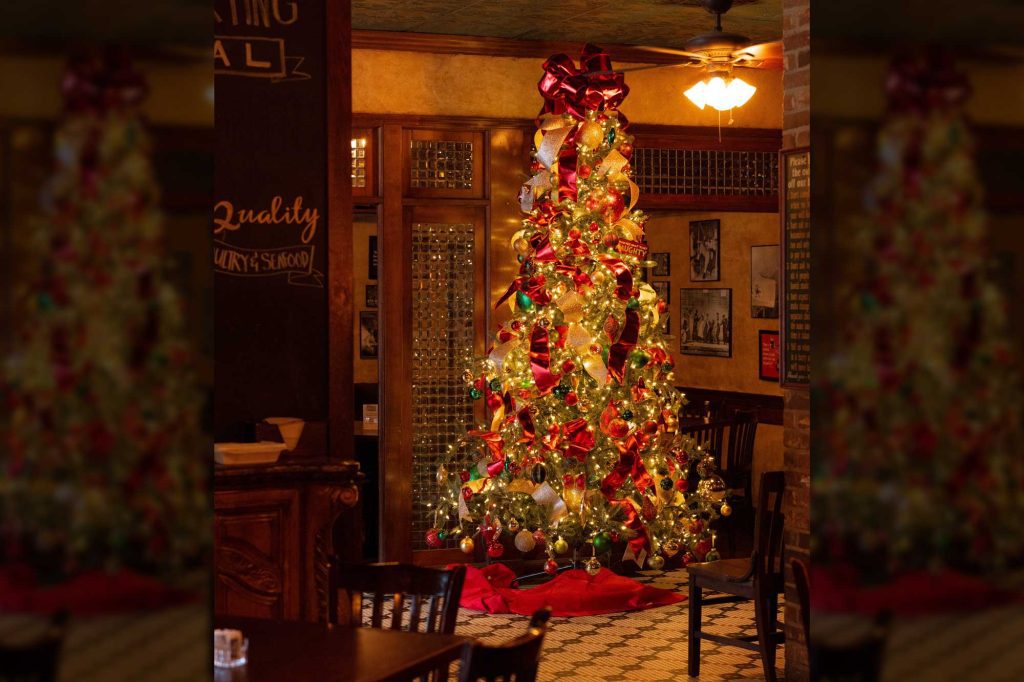BARBERINO, TUSCANY— Traveling and leading a group of more than 22 people can be challenging. It can also be a blast. I have come to learn that I was pre-wired for this type of work.
In 2011, watercolorist, Wyatt Waters and I, spent 10 weeks traversing Italy while working on our third collaborative book project, An Italian Palate. During the subsequent book-signing and promotional tour, we were asked over and over if we would take people on a tour of the places, he painted and I wrote about while compiling the book. I didn’t think anything of it at first, but the requests continued, and I eventually got to work planning trips back to Italy, this time with people in tow. That is how I find myself in the middle of Tuscany, in a 1,000-year old villa at the end of a bumpy dirt road surrounded by nothing but olive trees and grape vines for 30 miles.
The people have gone. The second of the two Spring tour groups left yesterday. The villa is quiet. My wife is packing, Wyatt is painting, and the two camera operators who are here filming a television show based on the trip are somewhere resting (more likely hiding from me before I ask— for the 935th time— “Let’s just get one more shot of the town square at night.”).
This is when I love Tuscany the most— in the quiet. For those who have never been here, it’s hard to describe because there is really nothing like it in America that can provide a frame of reference. The vistas are wide and long like those in Montana, but— during this time of year at least— they are green and plush. Flowers grow easily and plentifully. It’s the result of the same cool evenings, and craggy soil, that foster such prolific grape and olive growth over here. The buildings are old— not America old— thousands of years old. The natural stone and rock used in construction give everything an amber glow that adds to the warmth, beauty, and charm.
As I ponder the last 25 days, there are many things that I will miss in this area— the views, the food, the architecture, the art, the ancient culture (at the top of the hill near the main road there is an Etruscan tomb from 400 BC). Though it never fails, year after year, every time I leave, the main things I miss are the local friends I have met over the years during these visits. In the end, it’s all about the people.
Tuscans are like Southerners. They live in an agrarian society, they are friendly and welcoming, they love family, they love friends, they love food and drink, and they love sharing a meal with one another. I think that is why I connected with this part of the world the first time I ever set foot in this area.
Waters and I took both groups to our old haunts, and introduced them to our friends and various Tuscan characters we have met through the years. We tweaked a few things between week one and week two, the same as we did between our first group in November and the group a few weeks ago. Scheduling for a large group can be hard. Everyone is not going to love everything. One’s hope is that when the week is finished, each individual event will serve as a piece of a puzzle that, when complete, will offer an entire deep-dive into Tuscany. We just covered three weeks’ worth of activities in one week (though I tell my people that the best way to look at it is— three weeks of Tuscany for the price of one).
One scheduled event wasn’t added until the last day of the last group, and what an event it was. It happened purely by accident. The group was given a free day on the next-to-last day, and while they were traveling to Pisa, Luca, Florence, or just chilling, Waters, the camera crew, and I ventured out to a site in the area we had never visited.
I have passed the Florence-American Cemetery and WWII Memorial at least 100 times over the past seven years. I could see it through the trees as I traveled the highway that leads from the villa to Florence. I am ashamed to admit that I never really cared to visit— not because I don’t like that kind of thing, I do. But because I stupidly told myself, “I’ve been to Omaha Beach. I have been to the cemetery in Normandy, nothing can top that.” How foolish and ignorant of me.
We arrived at the cemetery just after 4:00 p.m., an hour before closing time. Waters got to work immediately painting a statue of a lone sentinel. I visited with the superintendent of the cemetery and park, Angel Matos.
Matos was knowledgeable and hospitable, and an instant addition to my Tuscan friends list. Within minutes of learning of the 4,402 graves of fallen soldiers, and the 1,400 missing in action, I knew I had made a huge mistake by passing that place for so many years without even the slightest thought of stopping. After a 20-minute tour, I realized that it doesn’t matter that it is smaller than Normandy. It wouldn’t matter if there was one solitary grave on that site, those fallen soldiers (average age of 22) deserve my attention, admiration, gratitude, and respect. They volunteered to fight in a country they didn’t know, and gave the ultimate sacrifice freeing people they had never met. Heroes, all.
The cemetery covers 70 acres, and all is United States soil. I had been passing a little slice of my home country for years and never knew it. The American flag flies high at the bottom of a hill, and a beautiful chapel with Florentine mosaics, a wall listing soldiers missing in action, and a giant mosaic of the Italian campaign are housed at the top of the hill near a beautiful monument. I don’t know if I have ever been prouder— or more grateful— to be an American than I was in that moment.
Matos and I walked past the graves looking for any of the 64 Mississippians who are buried there. We found a Captain Bernard Yolles from Winona who had led a regiment of African American soldiers in the Italy campaign.
When I reached the bottom of the hill, Waters had just finished his work. He joined us. It was about that time that the sound of taps being played in the distance rang through the cedars and parasol pines. I get chills typing it. After that, Matos asked Waters and me if we would join him in the flag-folding ceremony as they lowered Old Glory. We were honored. It was a moment for the ages, and one that I will never forget. It was even more meaningful to Waters as his father had served in the Italy campaign and earned a Bronze Star.
Tomorrow we head home, this time more grateful for my homeland and its people than ever before.
Onward.
View today’s recipe: Fig Cake




